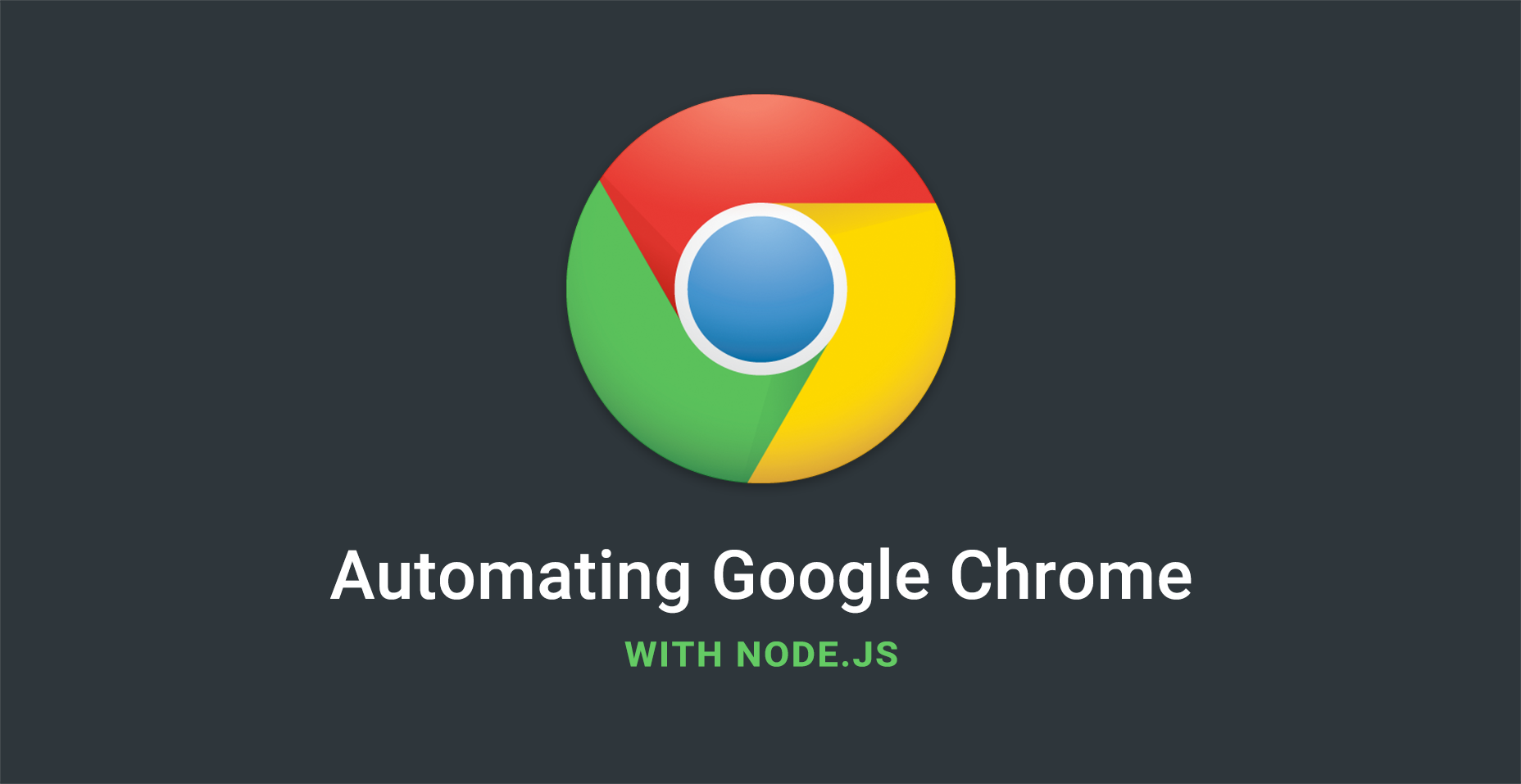

The middle and right hand panes show the vertex and fragment shaders for the currently selected program. If you click the entry, its vertex and fragment shaders are shown in the other two panes, and you can edit them. This is useful for focusing on certain shaders or hiding overlapping geometry: If you click the eyeball icon just left of the program’s entry, that program is disabled.

If you hover over an entry in the list, the geometry drawn by that program is highlighted in red: The left hand pane lists all programs currently in use by a WebGL context. You’ll now see a window divided into three panes: a list of all the GLSL programs on the left, the vertex shader for the currently selected program in the middle, and the fragment shader for the currently selected program on the right: Managing programs ¶ The screenshots below are from the Unreal Engine demo. To get started, load a page which creates a WebGL context and loads a program into it. Click it and the Shader Editor opens.Īt first you’ll just see a blank window with a button asking you to reload the page: You’ll now see “Shader Editor” appear in the toolbar. To enable it, open the Toolbox settings and check “Shader Editor” in the “Default Firefox Developer Tools” item. The Shader Editor is disabled by default. With the Shader Editor, you can examine and edit the source of the vertex and fragment shaders.
#Chrome javascript scratchpad code#
JavaScript code running in the page then sends them for compilation using the WebGL APIs, and they’re executed on the device’s GPU when needed.

In WebGL they can be included in a page in several ways: as text hardcoded in JavaScript strings, as separate files included using tags, or retrieved from the server as plain text. These shaders are written in OpenGL Shading Language, or GLSL. With WebGL you provide 2 programs called shaders which are called at the appropriate stages of the OpenGL rendering pipeline: a vertex shader, which computes the clip space coordinates of each vertex to be drawn, and a fragment shader, which determines the color for each pixel to be drawn. WebGL is a JavaScript API for rendering interactive 3D graphics and 2D graphics in the browser without using plugins. The Shader Editor enables you to see and edit the vertex and fragment shaders used by WebGL. This tool has been deprecated and will soon be removed from Firefox. Turning on Firefox tests for a new configuration.However, you have to modify your ts source code, which is a pain if there is are a lot of files. Getting Set Up To Work On The Firefox Codebase This answer does not require using a runtime flag -es-module-specifier-resolutionnode at execution time.


 0 kommentar(er)
0 kommentar(er)
